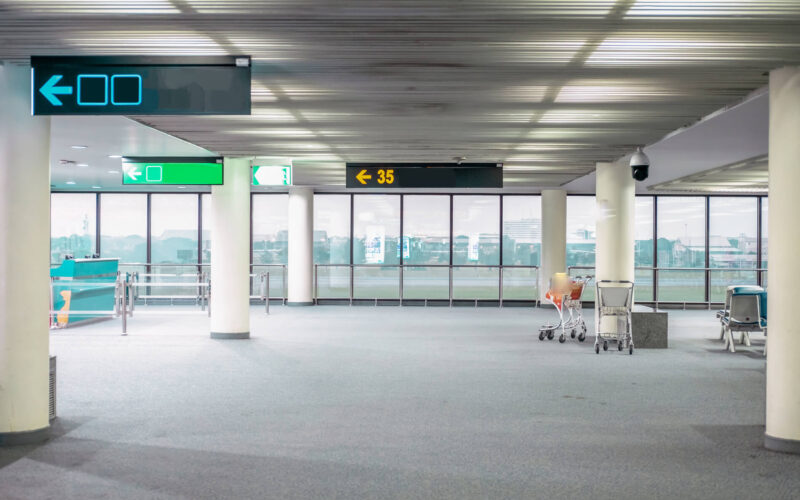Furloughs, job cuts and pay cuts became a normality, as the aviation industry got ravaged by its worst crisis yet. From pilots to airport staff, the industry workers were hit the most. Can their life be made easier and what can companies and agencies do to ensure a safe comeback after the crisis?
Some insights were shared at the dedicated panel of Air Convention Digital Week 2020 by OSM Aviation’s Director of Flight Operations and Flight Crew Recruitment Michael Keating, Air Europa’s Fleet Manager & Training Manager John Baiget, and Malaysia Airlines Head of Station ant Auckland, NZ, Mohamed Atti.
-
Motivation has to be kept high. For new talents and seasoned workers alike, keeping high spirits is important, as losing the will to go on means losing the best personnel. According to Baiget, although it may seem that motivation drives achievement, the opposite is true – achievement drives motivation. Making sure that people feel what they are achieving by enduring the hardship will keep them motivated.
-
Communication is the key. Whether it is making pay cuts, reducing your workforce or selecting personnel for renewed flights, keeping in touch, providing adequate explanations and listening to feedback is one of the most important things that can be done.
-
Promises have to be made… and kept. Exploiting every possibility to keep the workforce and minimize layoffs is crucial, so painful practices like pay cuts have to be followed by tangible and concrete promises. For instance, when the salary will be restored, or when the lost part of the pay will be returned.
-
Resources have to be refocused. Cargo and repatriation flights kept part of the industry alive, while domestic flights signify its recovery in certain regions. An ability to be flexible with revenue options and focus available resources may mean a huge difference for a company’s workers.
-
Training has to be available. To keep temporarily grounded crew in good condition and fresh recruits motivated, a functional training routine has to be established. Making the most of simulators – even running them at night if needed – is the only way to be prepared for eventual recovery.
-
Laid off workers have to be supported. There are initiatives to provide job offers, recommendations, or at least keep up communication with employees who are facing the worst consequences, Atti explains. These initiatives are what will keep the workforce motivated and eventually lead to better conditions as the industry recovers.
-
Robust testing mechanisms have to be established. Vaccine from COVID-19 may take a long time to be fully available. For the sake of both workers and passengers, there has to be a fast and reliable testing method, as well as protocols to make use of it. According to Baiget, passenger demand is there, but the confidence to fly is lacking. Testing is the way to solve that.
-
Pessimism has to go. Everybody likes to focus on negative aspects of the current situation, forgetting how much was achieved in a very short time. Pandemic has been going just for several months, but it seems like it started a lifetime ago. In those several months achievements were reached that would take years or even decades in normal conditions, and now we have technologies and mechanisms nobody could even imagine a short time ago.

